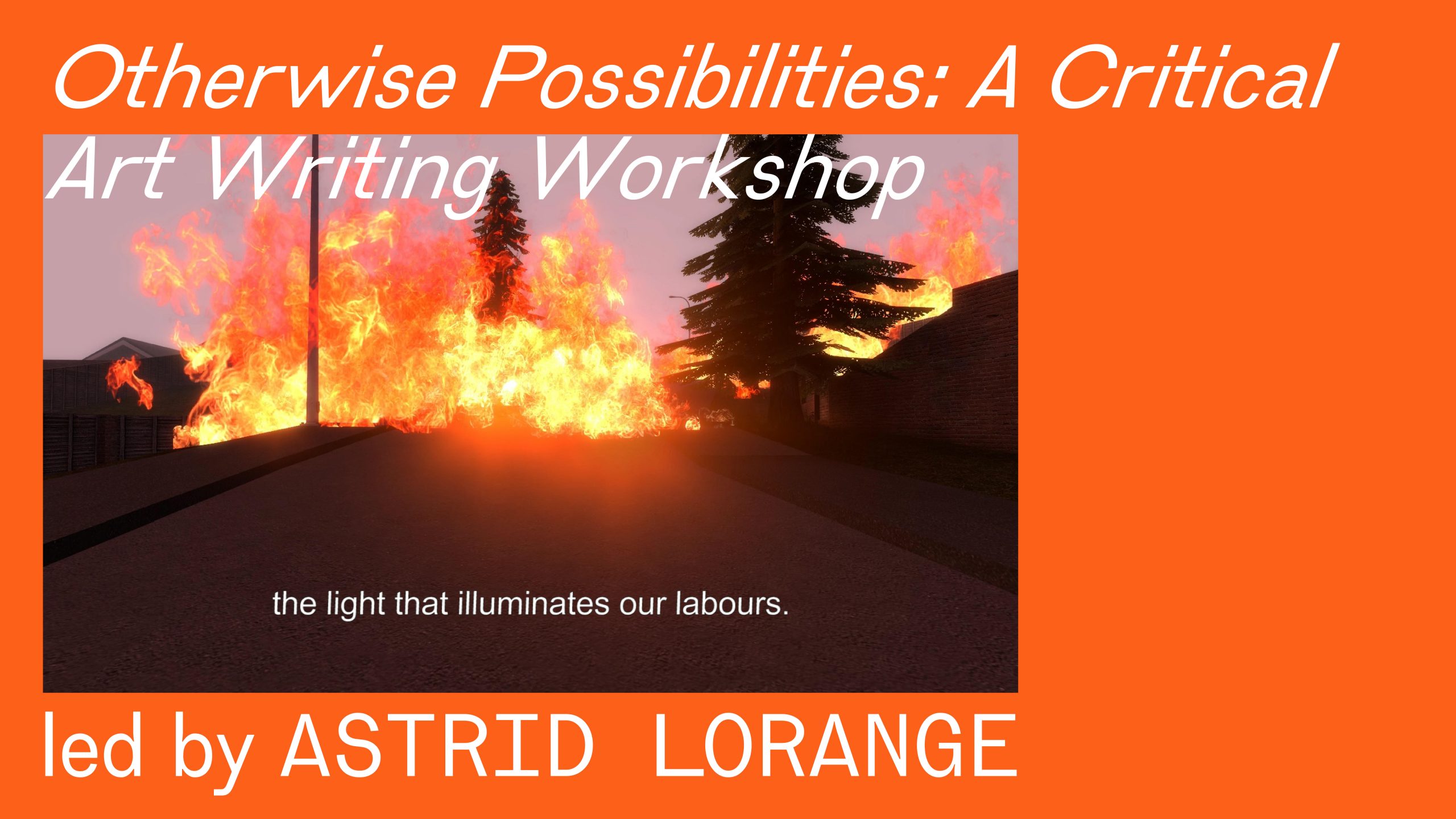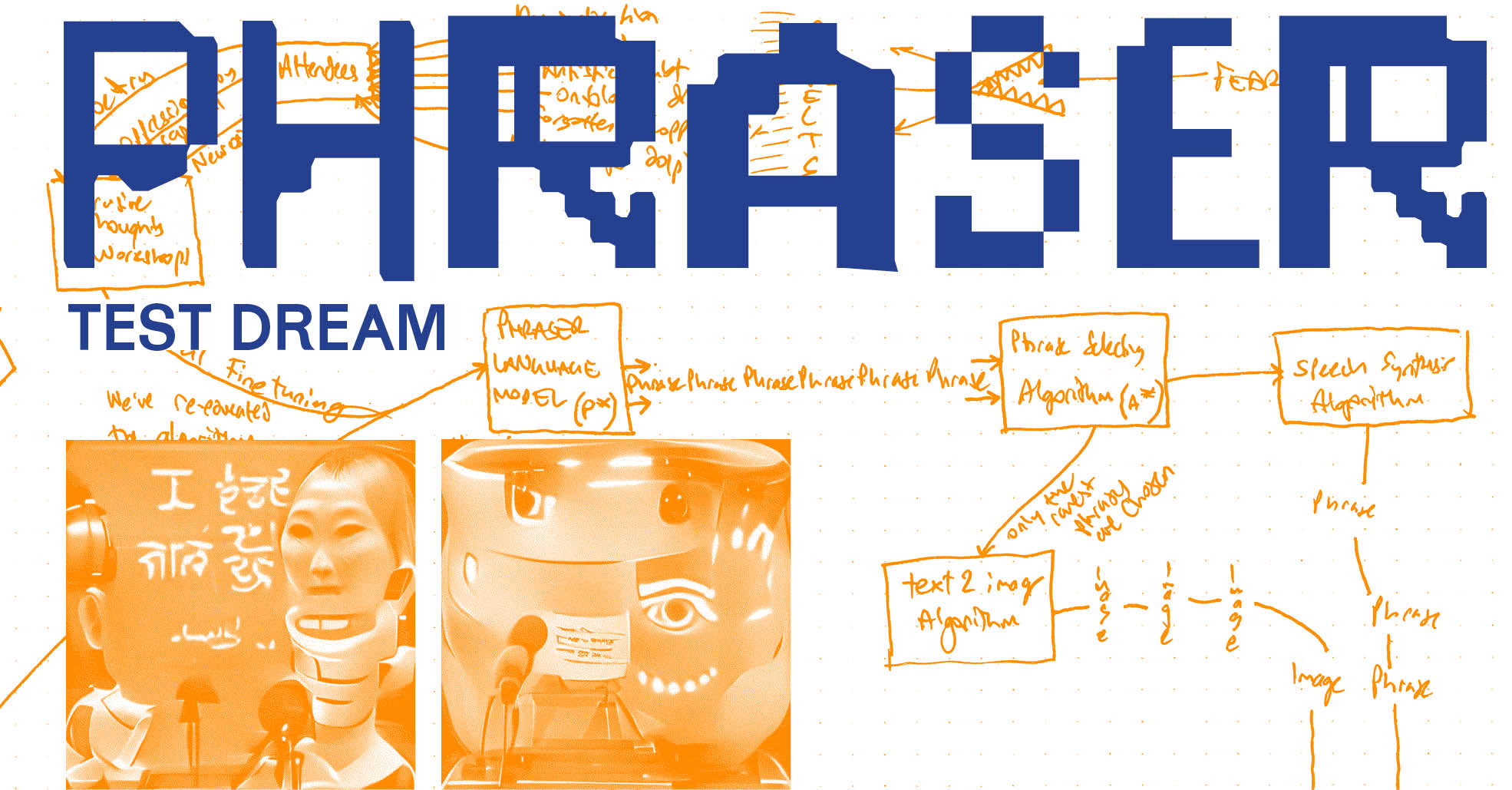Gathering: A short text on inter-reliant and vulnerable ways of making and being with one another
Naomi Segal
For most of this year I have withdrawn from producing art for institutional spaces and have instead been passing days in my bedroom like an alchemist, turning one thing into something else. My room is a bit like a cave, or maybe a seafloor, of crystals and crayons and found lumber and stones and glass.
In a reading, Yanyi asks “what if you only made what you needed?”[i] I have carried these words with me, and decided to only make the art I need to see, and the writing I need to read. Considering Sara Ahmed’s idea of citation being a method to honour those who helped us find our way[ii], I neared a possible thesis: I want to gather the texts and people who have offered me guidance during recent months that were swallowed by crisis. I want to parse what I have learned about loving and being loved, relying and being relied upon. I think I’ve learned something about _______. Before it recedes somewhere beyond memory, this place – I must clear space for it.
vulnerability
I’ve been savouring the book ‘Unthinking Mastery’, in which Julietta Singh talks about vulnerable reading as a practice of resisting disciplinary enclosure and instead favouring an open, curious and wandering engagement with texts.[iii] She describes it as “a practice of opening ourselves up to our dependence on other discourses, peoples, beings, languages…and things that give rise to the ways that we think”.[iv]
Perhaps I can also advance the notion of vulnerable making, which similarly is invested in an approach to making that is non-masterful, curious and inter-disciplinary. Vulnerable making values the artist not as a lone figure who is self-sufficient in their skillset, but as an instigator of inter-reliant and collaborative experiences with those around them.
Put simply: The good thing about not being good at something is that it opens the possibility of asking for help. In many ways I am not self-sufficient, and one way this is apparent is through making things beyond my means (like websites, music, furniture pieces, shelves). A friend can supplant their knowledge where mine falls short, and vice versa. It allows us to be more vulnerable, playful and imaginative as we attempt to find our way.
support
I am remembering when Rachel and Izzy helped me make a shelf from the knot of a coolabah tree. Rachel drove me to the lumber store, made the cuts, carved the rebates. Izzy even polished the surface and they both installed it for me. I call it my best work but it is really theirs. Afterwards, I commissioned my friend Chaya to make a candle holder that could sit in this shelf, in the corner of my room, to cast a heart-shaped light.
Having compiled these examples, I realise that what my friends usually support me in making are objects that can hold others’ weight – what my friend Jackie would call support objects.[v]
love
During a lull in a workshop I asked Jevon about his artwork ‘Songs of Companionship’ – an audiovisual installation about communicating love – and ended up confiding in him about ( ). After thanking me for sharing, he told me that love is ineloquent; you have the intention in your head but during the act you stumble and stutter and fail.[vi]
Love and compassion circulate endlessly inside me, but I am still learning how to express it to different kinds of people. I can forgive myself for not being as tender as I wanted to be – at times where I was panicking, hurting and exhausted.
my whole self
I’m thinking about parts of myself that I have concealed. I’m thinking about institutions that wanted to extract certain parts of me – the straightforward narratives that could endow them with cultural currency. I’m thinking that this self-obfuscation is reminiscent of how early in my life I learned to stop being honest about the parts of me in distress. Generations in my family have passed this way, of being hidden from oneself.
In my recent adulthood I’ve begun equipping myself with tools to honour how I feel. Connor was right when he said that my triggers can be an invitation to look deeper. Looking deeper is challenging, but Yanyi reassures me that this healing I am doing is not only for me, but also for my entire family line and all those with whom I share my life.[vii] When I work on my ability to stay with intrusive thoughts, I can feel these thoughts gradually being emptied of their contents. When I think about a thought to its completion, I can release it. When I relive the emotion to its completion, I can release it and become free.
Since learning to regard my whole self as worth listening to, it is as if the more time that passes the more complete I feel. I now understand what Ashon Crawley means when he speaks of loneliness not as a state of being bereft, but as a state of abundance where one feels as if they have so much to give that they “are at a point of overflow and want to pour into another.”[viii] With each day my joy and curiosity grows – almost too much for me to hold.
friendship
Here, a space for friends who have mobilised every time I have needed them.
Back when it was unsafe for me to be alone, I stayed at my friends’ homes for a few nights. I was at Chaya’s house when the first day of winter arrived; I remember hesitating by the ocean. When I finally swam my skin burned pink but I continued until my mind turned featureless and clear – the vital sensation of being ready to return to myself.
futures
At my lowest point I grew scared of waking up because I could feel my thoughts beginning, and too many times I had woken up preferring (for reasons now incomprehensible to me) to disappear than to heal. Around this time I began writing emails to myself – scheduling them months and years into the future – as a practice of envisioning a dialogue with a self who is no longer in crisis, inhabiting a world that is no longer in crisis. Within these transmissions I learned to hold myself with the patience and honesty of a friend. And I was telling myself that when I arrive at a more peaceful place, I’d feel ordinary yet forever changed.
I knew that I had arrived at that place when, on the morning of another therapy session, I realised that there was nothing more I needed to say. I knew it from a realisation, hours after a picnic with my friends, that I had spoken about distress in the past tense.
This year I watched patiently as grief and resentment sloughed off me like layers of hard skin. The love, the thankfulness – soon that is all that will be left.
M, C, C, J, J, J, Y, T, N, L, T, I and R – thank you for all the marks you have left on my life. I love you all.
Naomi
(Written August 2020, edited February 2021)
[i] Yanyi, ‘The Revolution Is Emotional – Recovering Art & Community’, https://poetshouse.org/audio/2019-craft-talk-the-revolution-is-emotional-recovering-art-community-with-yanyi/, 4 May 2019.
[ii] Sara Ahmed. 2017. Living a Feminist Life. London: Duke University Press, 15-16.
[iii] Julietta Singh. 2018. Unthinking Mastery: Dehumanism and Decolonial Entanglements. Durham: Duke University Press, 21-22.
[iv] Singh, 91.
[v] The notion of structural and affective support objects is from artist/friend/crush Jackie De Lacy. They mentioned it when talking about their leaning objects/props/stands, and I hope we can talk more about it soon.
[vi] ‘Songs of Companionship’ (2019) by Jevon Chandra was the work that initiated this conversation. The workshop where we met was New Curriculum for Old Questions at NUS Museum, Singapore.
[vii] Yanyi, ‘Happy Pride(!) in the Time of Coronavirus’, https://yanyi.substack.com/p/coming-soon, 26 June 2020.
[viii] Ashon Crawley, ‘Ashon Crawley – Reading from “The Lonely Letters” (Excerpt)’, https://www.youtube.com/watch?v=u_F3J3BQfwA&ab_channel=AshonCrawley, 10 April 2020.
Naomi Segal is an artsworker who makes installations, comics, zines and collaborative projects from Darug and Gundungurra lands (Blue Mountains, NSW). Their practice is invested in non-masterful and interdependent approaches to co-making and -existing. She takes interest in unconventional modes of display and diasporic/queer illegibility, with particular attentiveness to Asian subjectivities.








